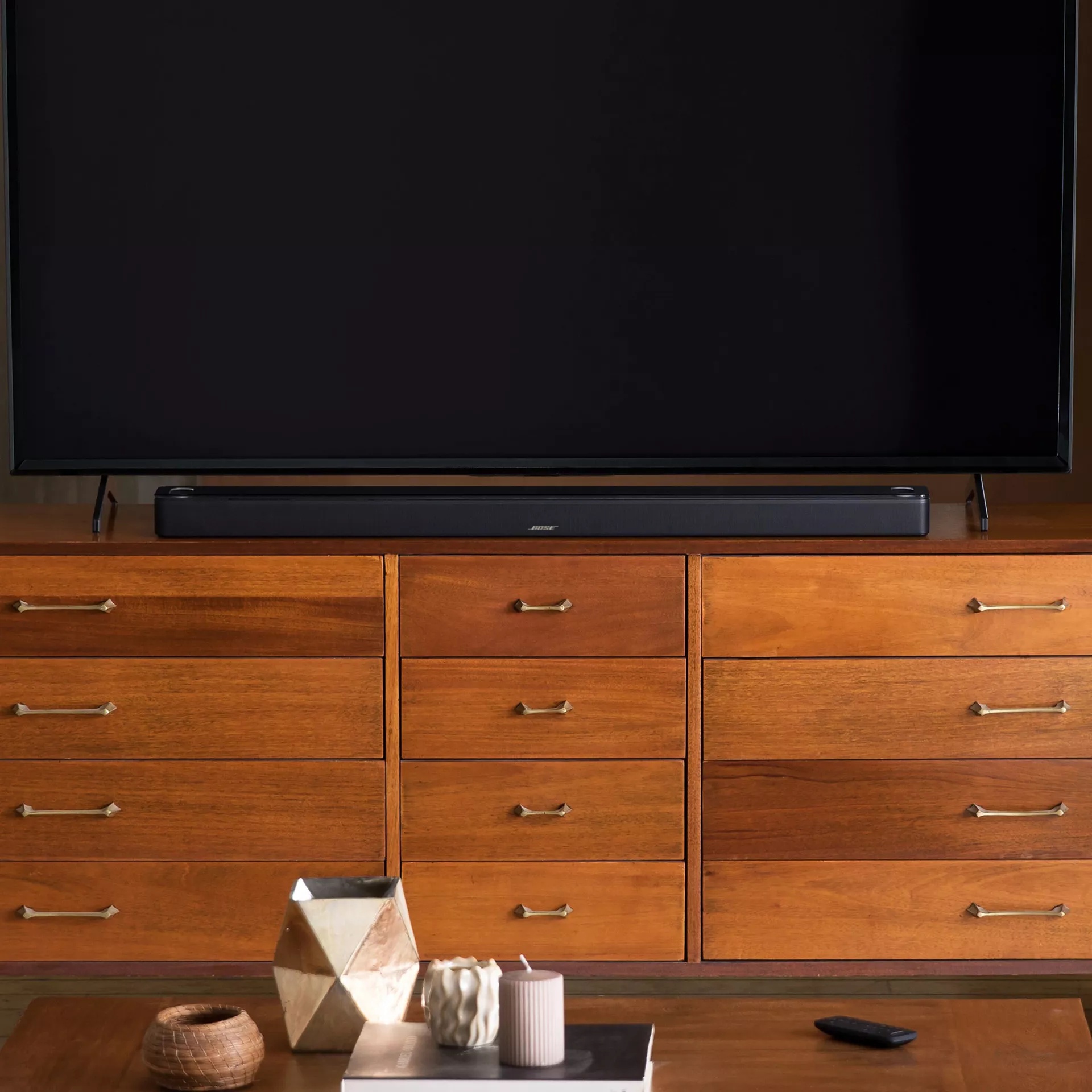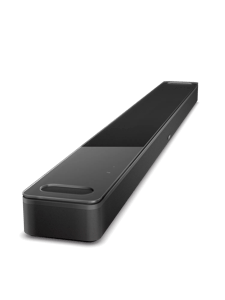Recreating the theatre experience at home starts with the right type of TV. That's because film studios are creating more movies in 4K and 8K formats, and at 60 frames per second — nearly triple the traditional rate of 24 frames per second. That means you'll want a TV capable of showing them at their best. You might think screen size matters most in this, but that's no longer the case with today's flat-screen TVs. Far more important to capturing the theatre experience are features like contrast ratio, image processing, and colour accuracy. Indeed, a large TV may look terrible with poor image processing technology.
“Pixel pitch” — the density of pixels — is another element that makes a big difference in what you see. The pixel pitch you want depends on the distance from the TV to your main viewing position. The basic formula is to equate 1 millimeter of pitch to 2.4 metres of distance. This means the closer the TV, the lower the pitch you want, and vice versa. That said, the average home entertainment space suits a 1 – 1.5 mm pitch.
It's also important to understand the different types of TVs, which greatly affect image quality — and price. Here are the three most common:
• LED: These TVs are composed of a liquid crystal display backed by clusters of light-emitting diodes that display the image on the screen. This is the cheapest option
• QLED: These TVs mark the next level up from LED, thanks to a quantum dot layer that allows them to produce a wider range of colours
• OLED: In these TVs, the individual pixels create and illuminate their own colours and light, rather than depending on a backlight. This translates into the richest and most precise colours and contrast possible — and the biggest price tag.






